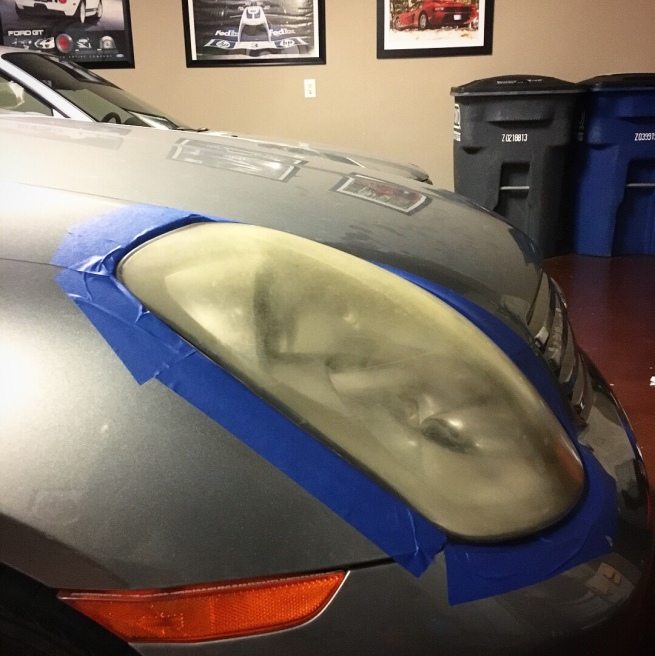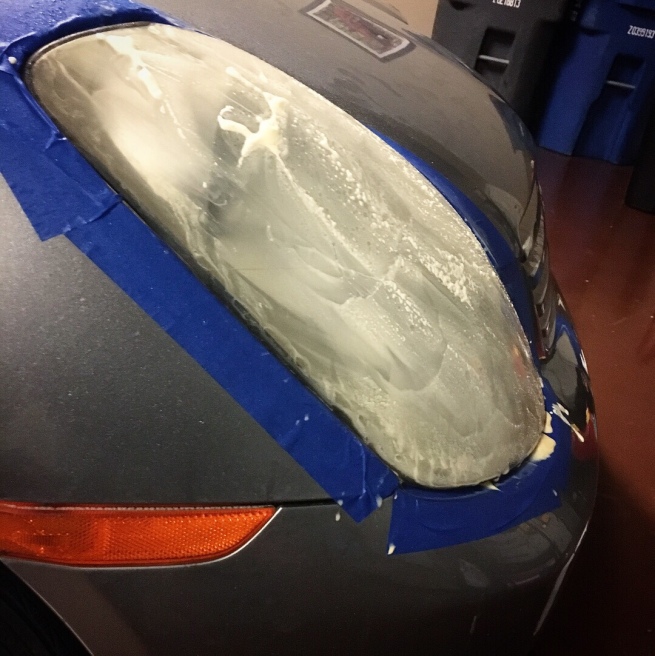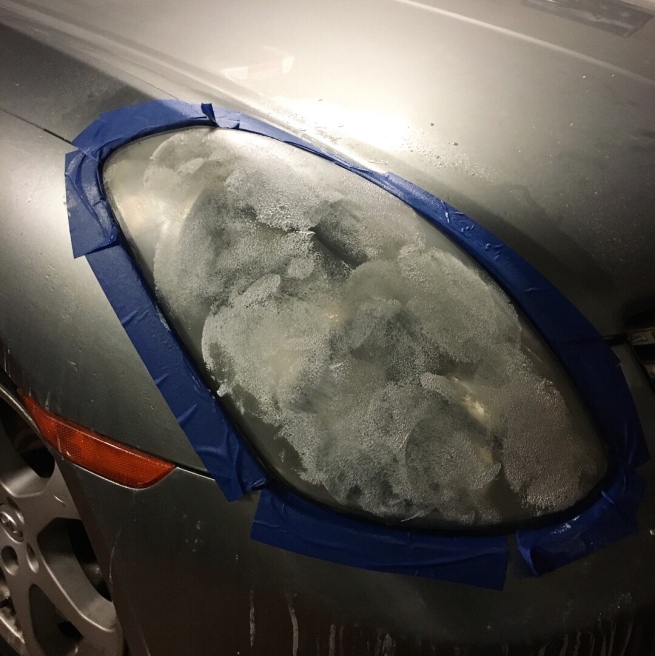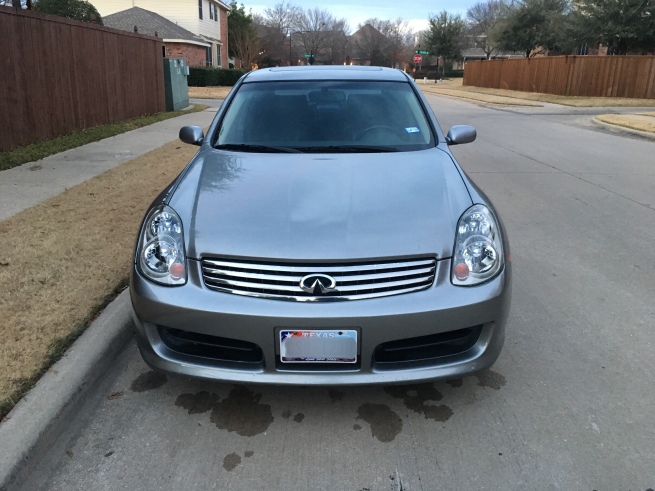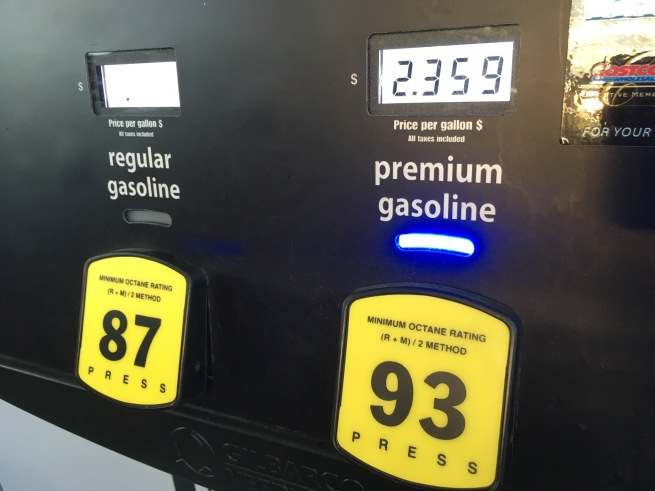One line is fine: If you care about your car, use Top Tier gas – mainly because you don’t necessarily have to pay more to get it.
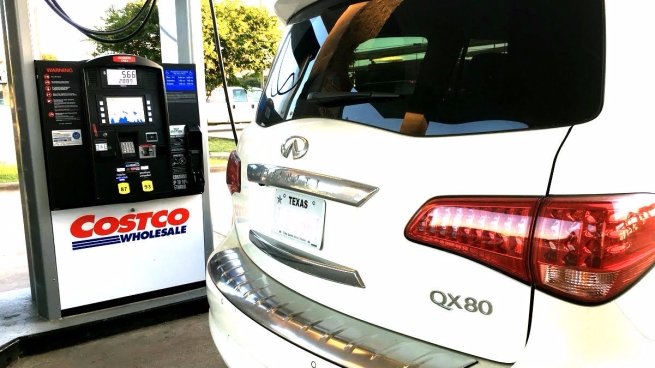
Hehe gas, I think mine is pretty top tier.
I’m sure it smells like roses. So…let’s talk gas for cars?
OK OK. I thought all gas was the same?
Yes and no. Yes, the base gas is pretty much the same for all brands of gas. What makes gas different are the cleaners they add (called additives or detergents. It’s like Wal-Mart vs. Haagen Dazs. Sure, they’re both ice creams, but the differences are pretty obvious.
Where did this whole Top Tier thing come from?
You remember those additives (cleaners)? The government has a team called the EPA, who requires a minimum amount of additives for any gas. A few automakers and gas companies thought the government standards were too low, so they decided to be honor students and create their own higher standard. Hello, Top Tier gas.
Is Top Tier gas actually better for my car?
Depends on who you ask. An AAA study says yes. They ran an engine for 4,000 miles in a controlled environment and found that engines using Top Tier gas had less carbon deposits (think tartar between your teeth) than engines using non-Top Tier gas. If you believe them, then the difference is tangible, especially as you put more and more miles on your car.
However, there are voices that say Top Tier is more of a marketing gimmick. Their premise is that in America, no one really makes bad gas anymore, and by the time your gas affects your engine life, you’re probably getting rid of that car anyway.
There’s also the question of the kind of car you drive. We talked about this a little bit in our previous post about regular vs. premium gas. If you have a performance car (especially an older one) and drive hard, getting Top Tier is probably worthwhile. If you drive your minivan/SUV like a responsible parent, it may not matter as much.
Regardless of what you believe, here’s the equalizer: you’re not really paying more for Top Tier gas. The average is 2-3 cents per gallon, which equates to 50 cents a fill-up. That’s pretty cheap insurance. And in my area, Costco gas (Top Tier) is actually cheaper than other non-Top Tier brands.
Ok, I’ll bite. Who sells Top Tier gas?
Surprisingly, there are many Top Tier brands including Costco, Shell, Chevron, BP, Valero, QT, Exxon, Citgo, 76, and Arco.
I’ve owned my car for awhile, and haven’t been using Top Tier gas. Is it too late? Nope – starting now won’t hurt anything…and might actually help.

